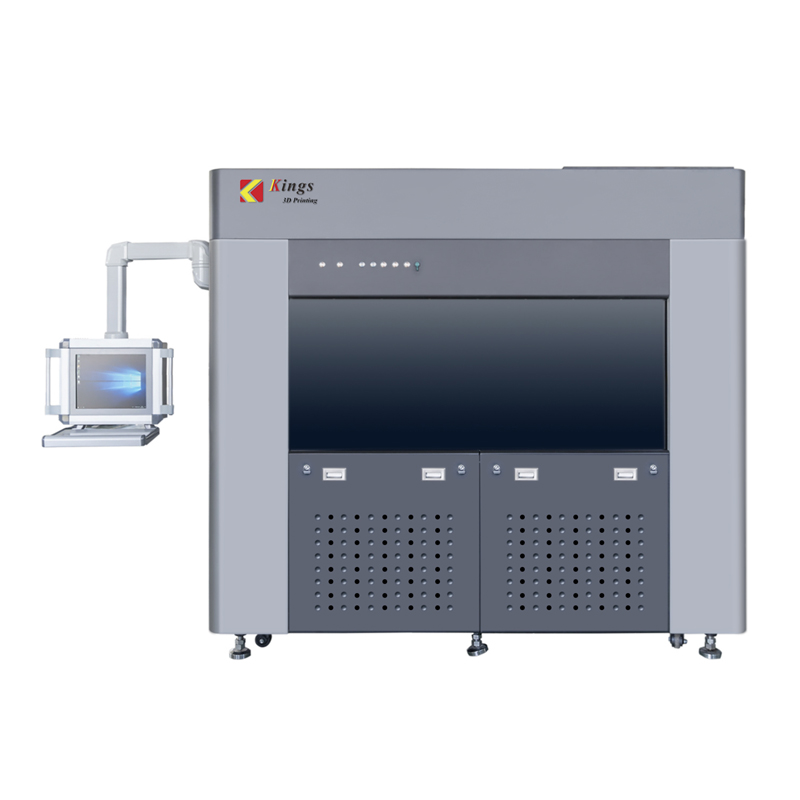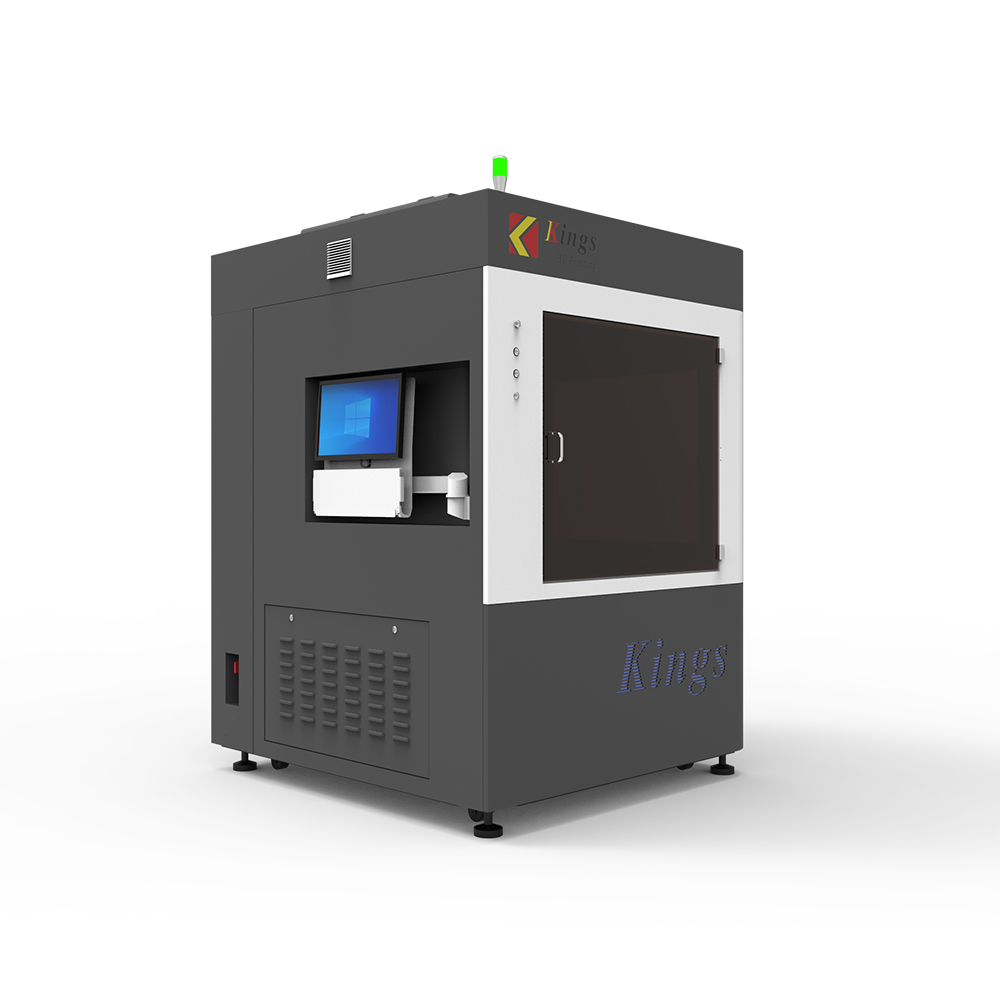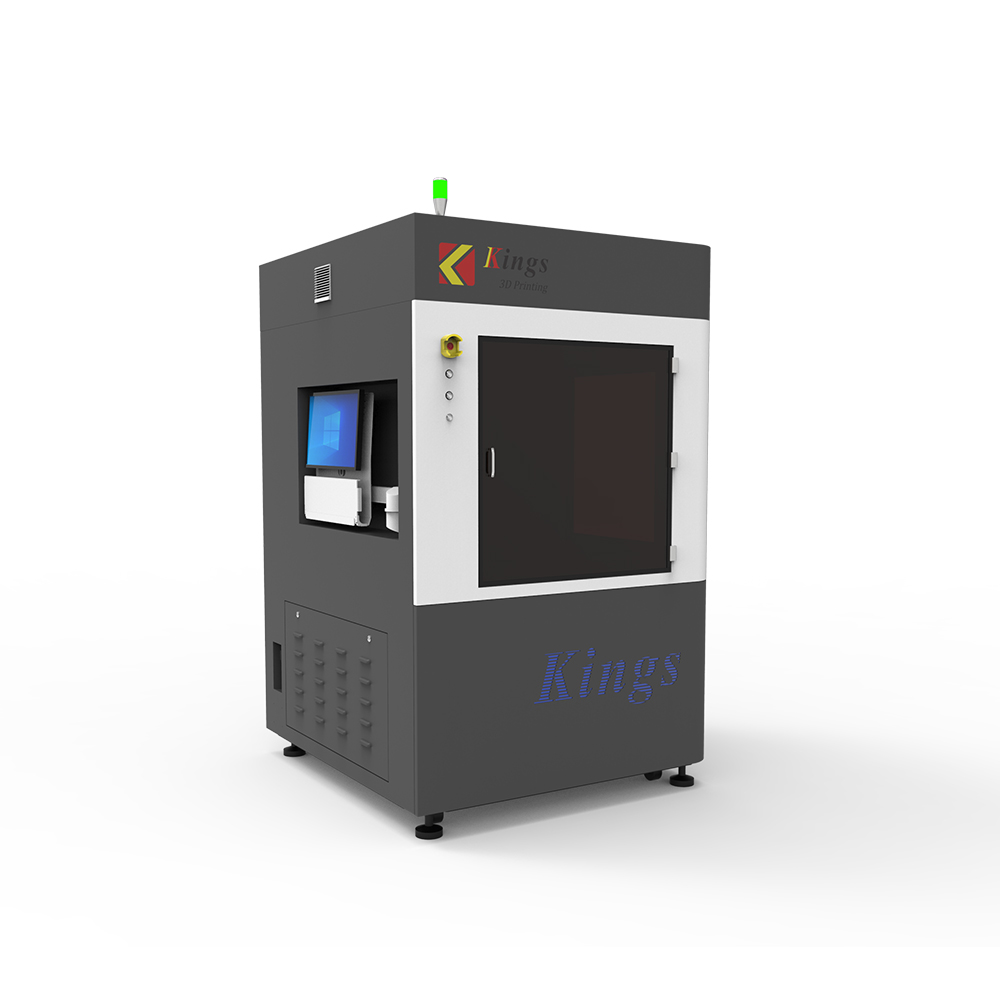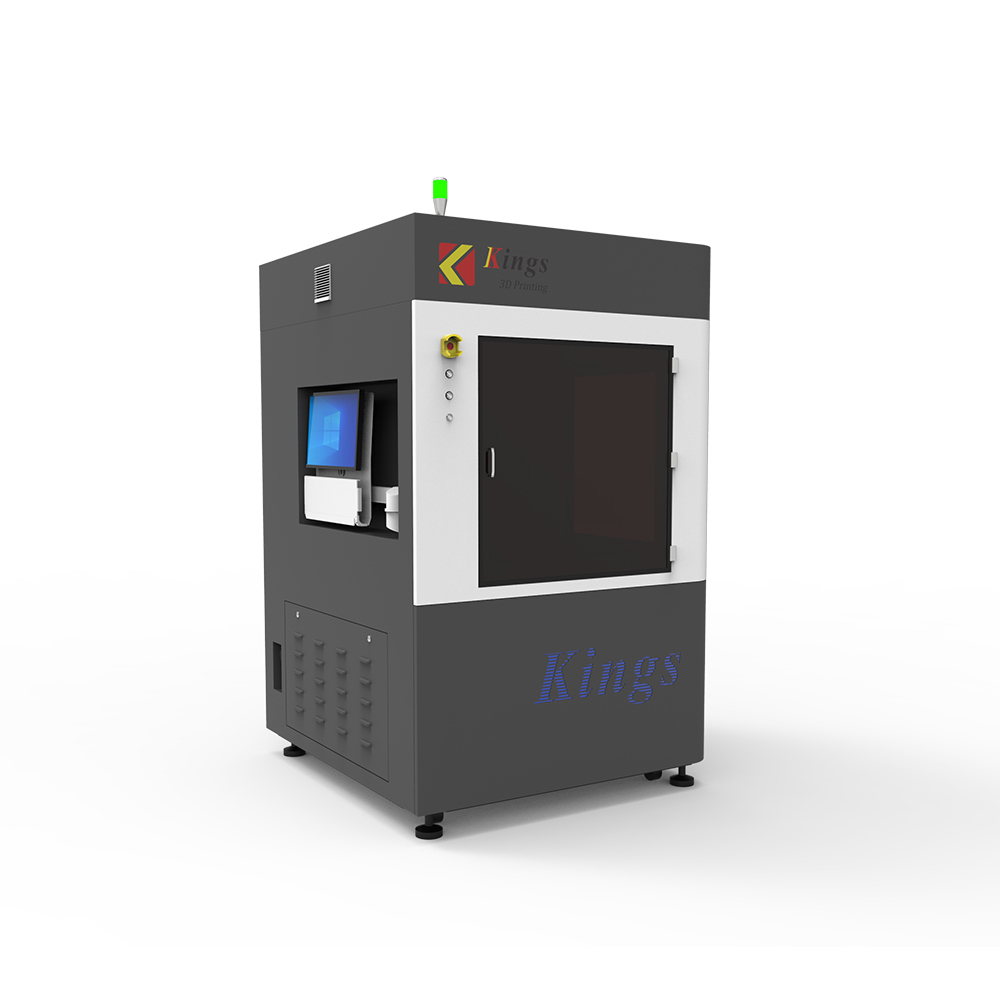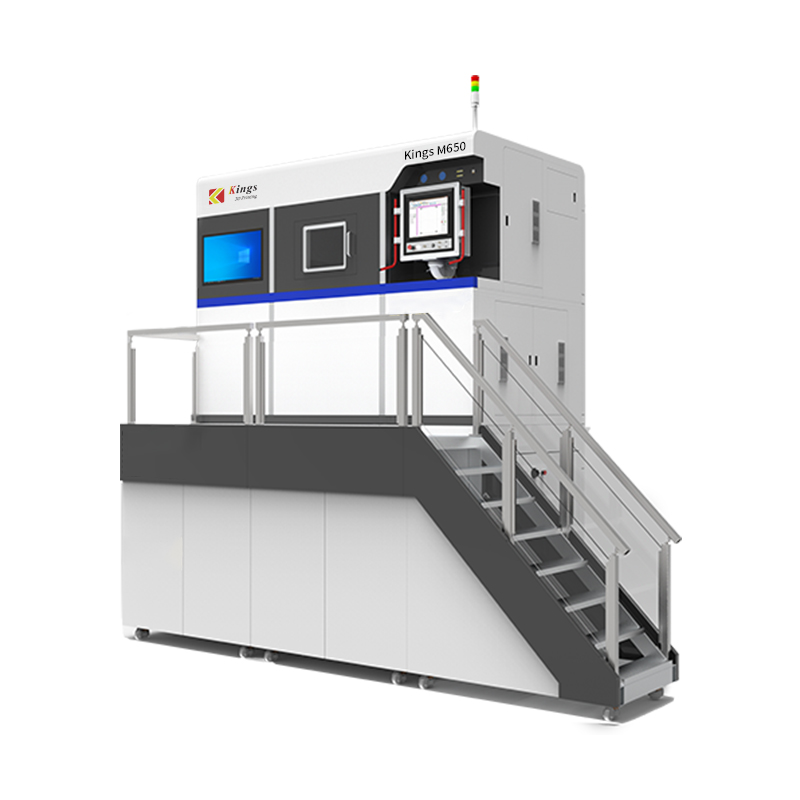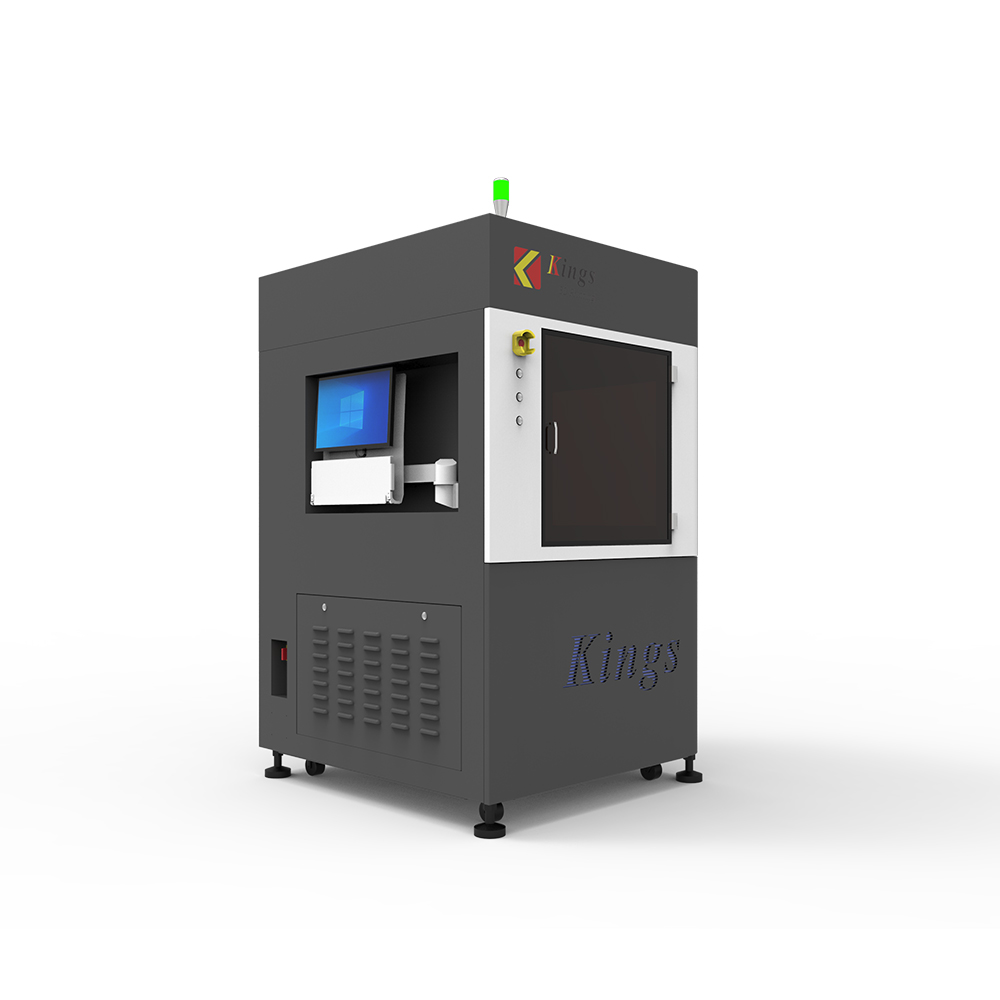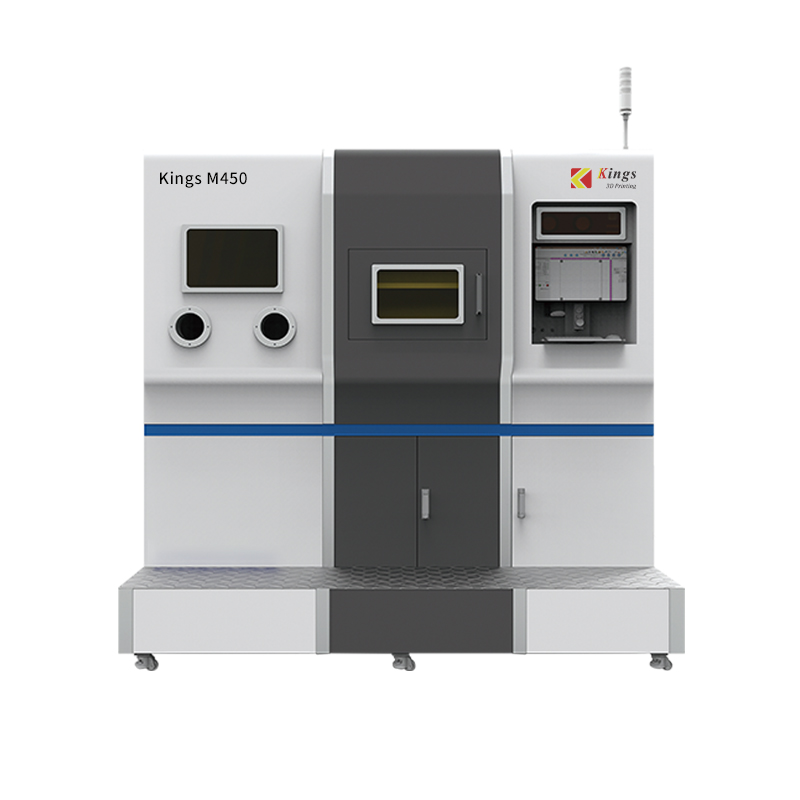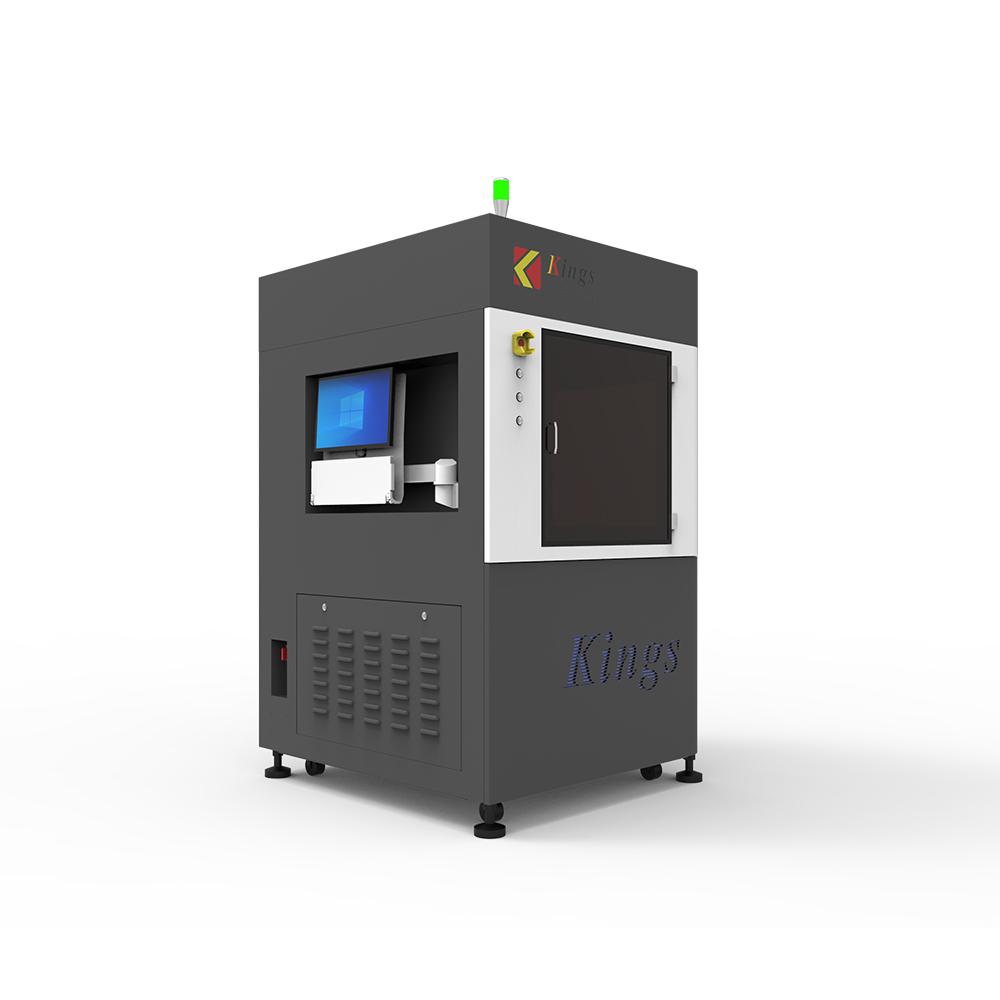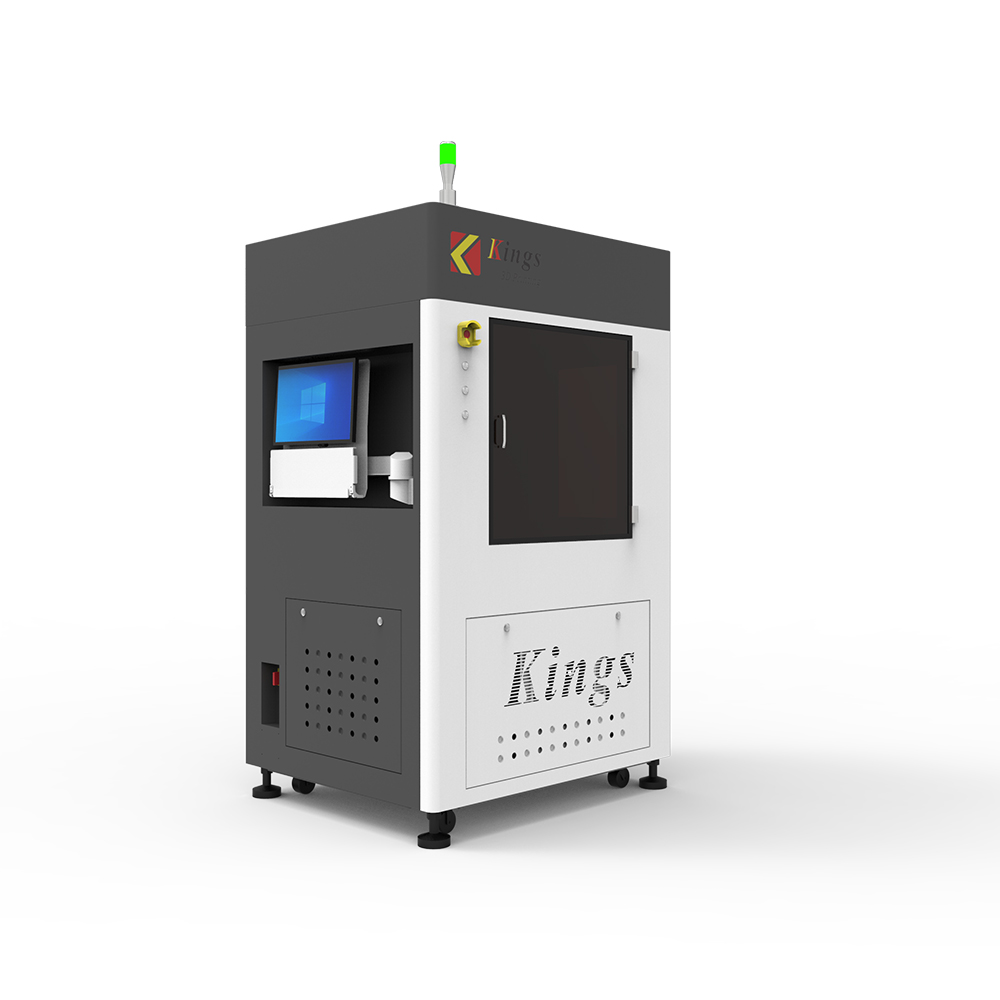Abstract
Researchers from the South China University of Technology and Kings 3D have made significant strides in unsupported metal 3D printing, as highlighted by AM Reference. Their collaborative study, published in China Laser, delves into the mechanics of forming, surface quality assessment, and industrial part validation. Addressing challenges in traditional Selective Laser Melting (SLM), the study proposes a novel method for forming low-angle overhanging specimens, showcasing its efficacy through the successful printing of an unsupported impeller with a 15° angle. Insights into suitable melting processes and processing zone division are discussed, contributing to the advancement of unsupported metal 3D printing methodologies.
In a significant breakthrough, researchers from the South China University of Technology and Kings 3D have unveiled a universally applicable method for unsupported metal 3D printing, as reported by AM Reference.
Keywords: Unsupported Metal 3D Printing, South China University of Technology, Kings 3D, Kings 3D Printer, Metal 3D Printing, Metal 3D Printing Breakthough, Forming Mechanics, Selective Laser Melting
In 2023, several renowned metal 3D printing enterprises achieved nearly unsupported Selective Laser Melting (SLM) technology, as documented by AM Reference. However, the specifics of this achievement remained largely undisclosed. Recently, researchers from the South China University of Technology, led by Professors Yang Yongqiang and Wang Di, collaborated with Kings 3D and published their findings in China Laser. Their article "Method and Process Research on Selective Laser Melting Forming Low Angle Unsupported Structures", not only delves into the forming mechanism and surface quality of specimens but also validates the printing of industrial parts.
Breaking the Barrier with a Universally Applicable Method:
Due to the thermal forming characteristics of SLM technology, supporting structures are typically added to aid heat dissipation and prevent warping of formed parts, especially for low-angle parts. While adding support structures can assist in part formation, it often results in drawbacks such as increased printing time and material consumption. Additionally, internal supports can render SLM technology unusable for parts with complex internal cavities or channels. Thus, developing a process for forming low-angle specimens using SLM is crucial for reducing printing costs and expanding SLM's applicability.
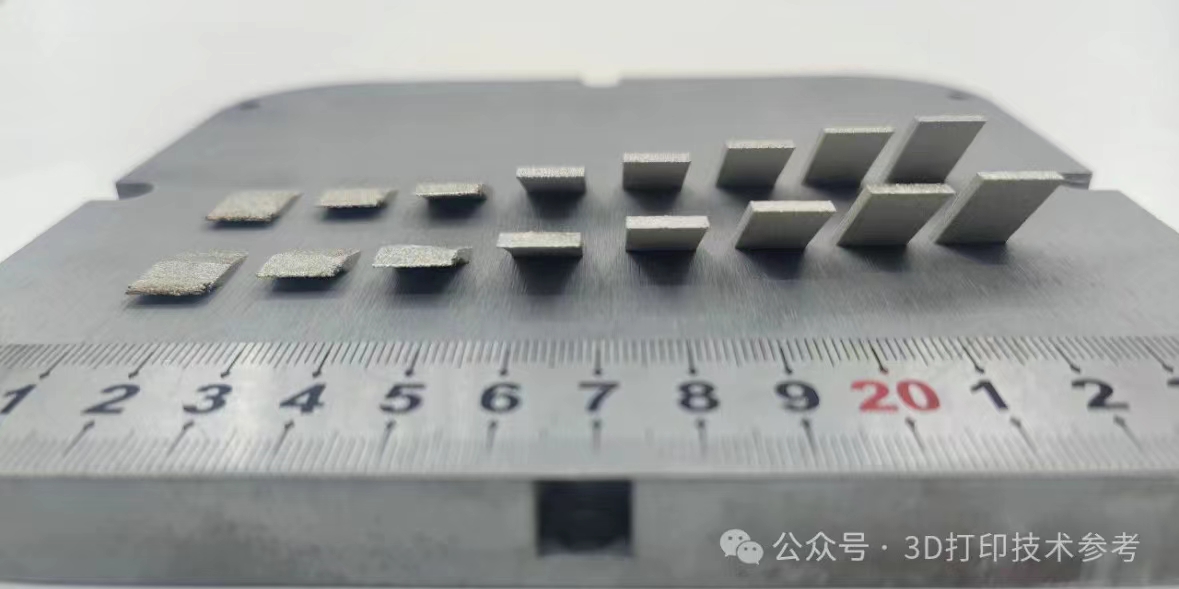
(Source: AM Reference)
Adaptive Division of Processing Zones for Achieving Low-Angle Unsupported Metal 3D Printing
Two main defects in forming low-angle overhanging structures using SLM are powder accumulation and surface warping. The authors propose a method for forming low-angle overhanging specimens based on dividing the bottom surface. They discuss the surface quality of specimens and validate the method by forming an unsupported impeller specimen with a 15° angle, demonstrating its effectiveness.
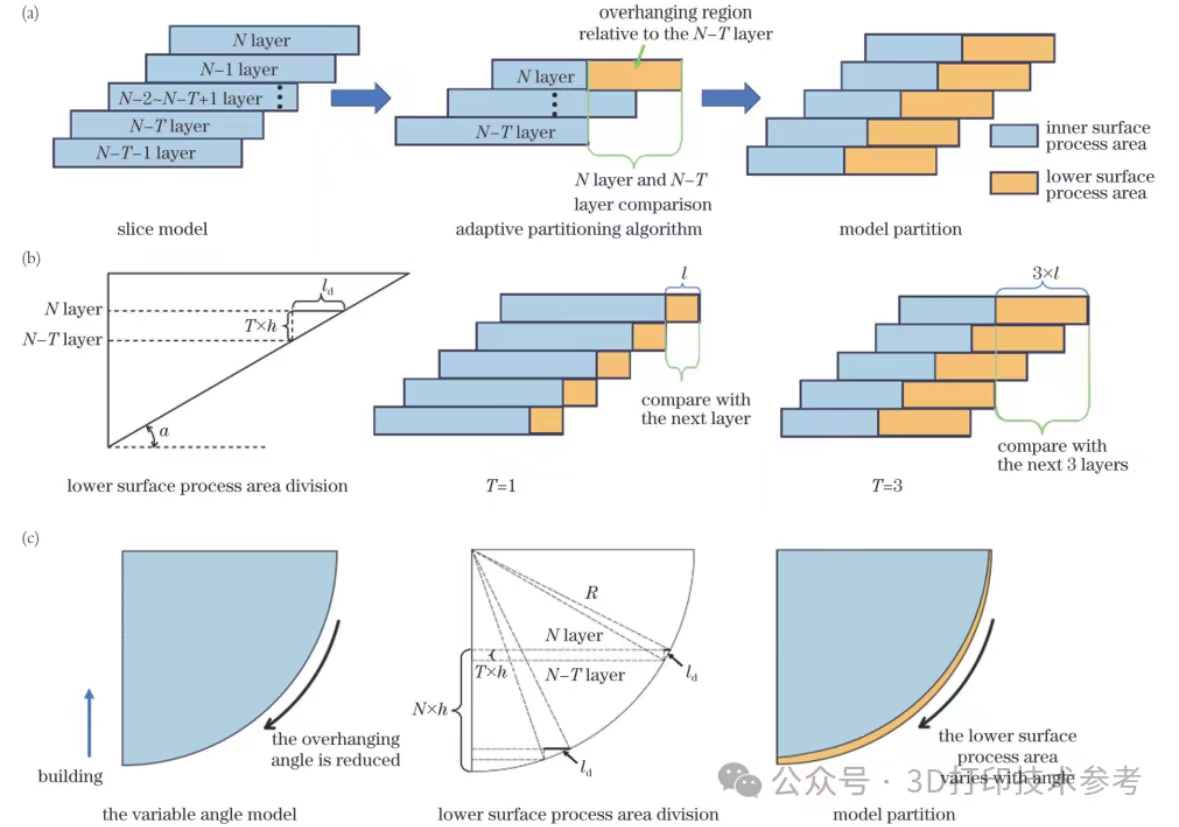
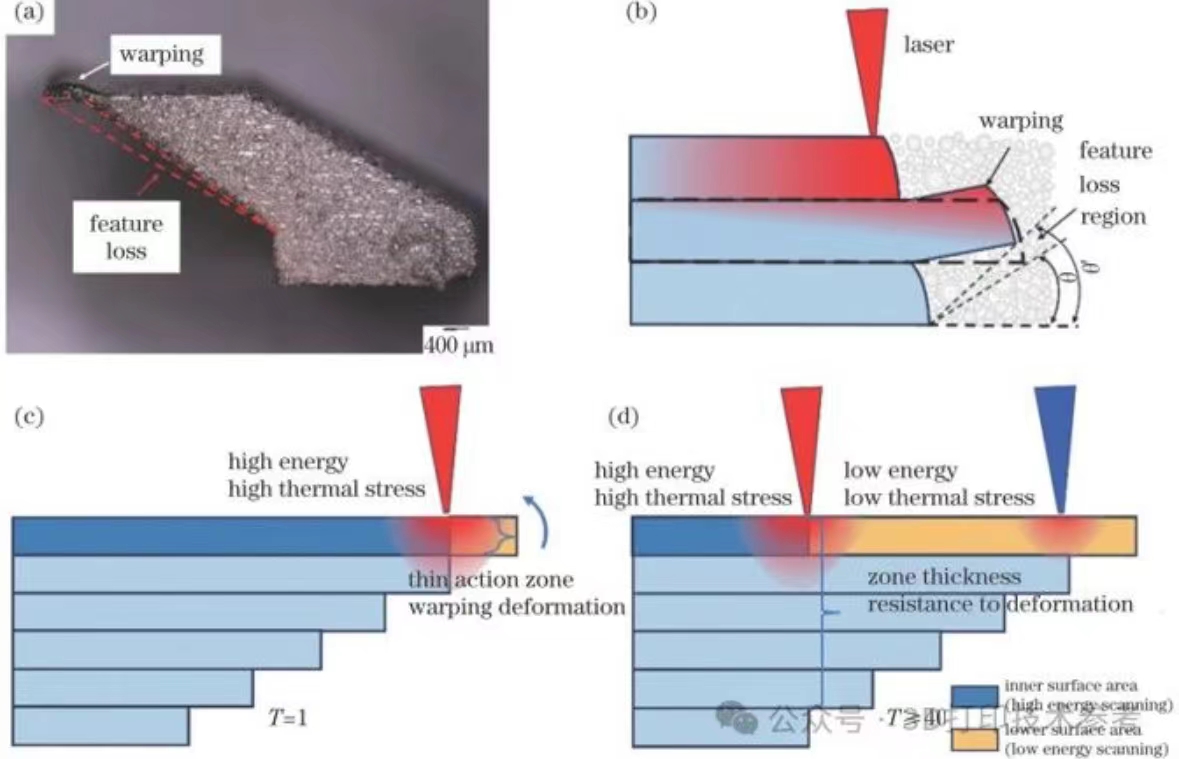
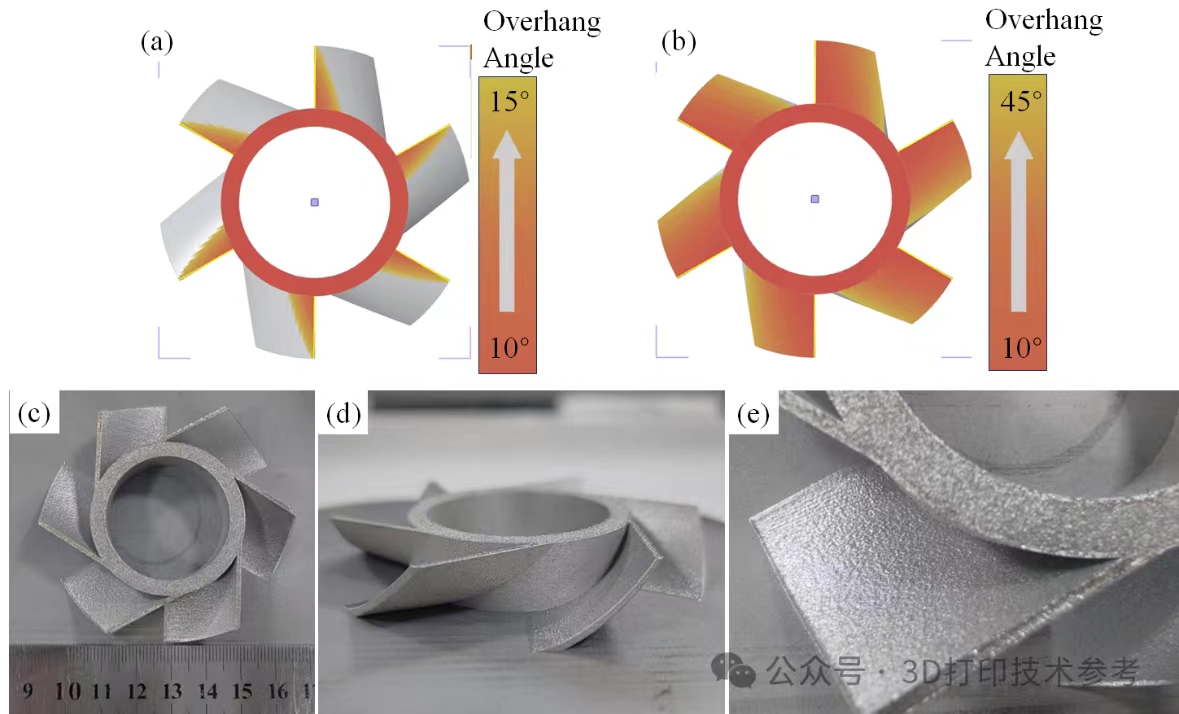
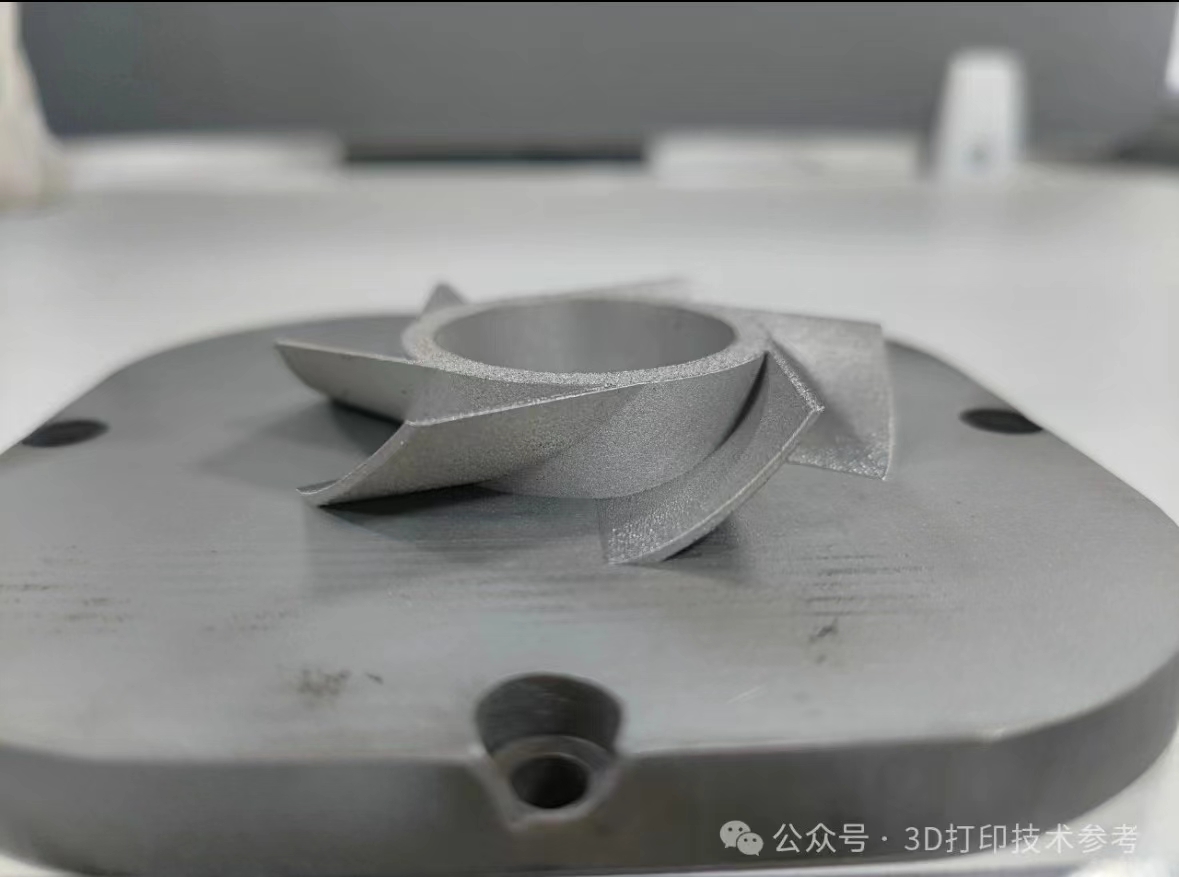
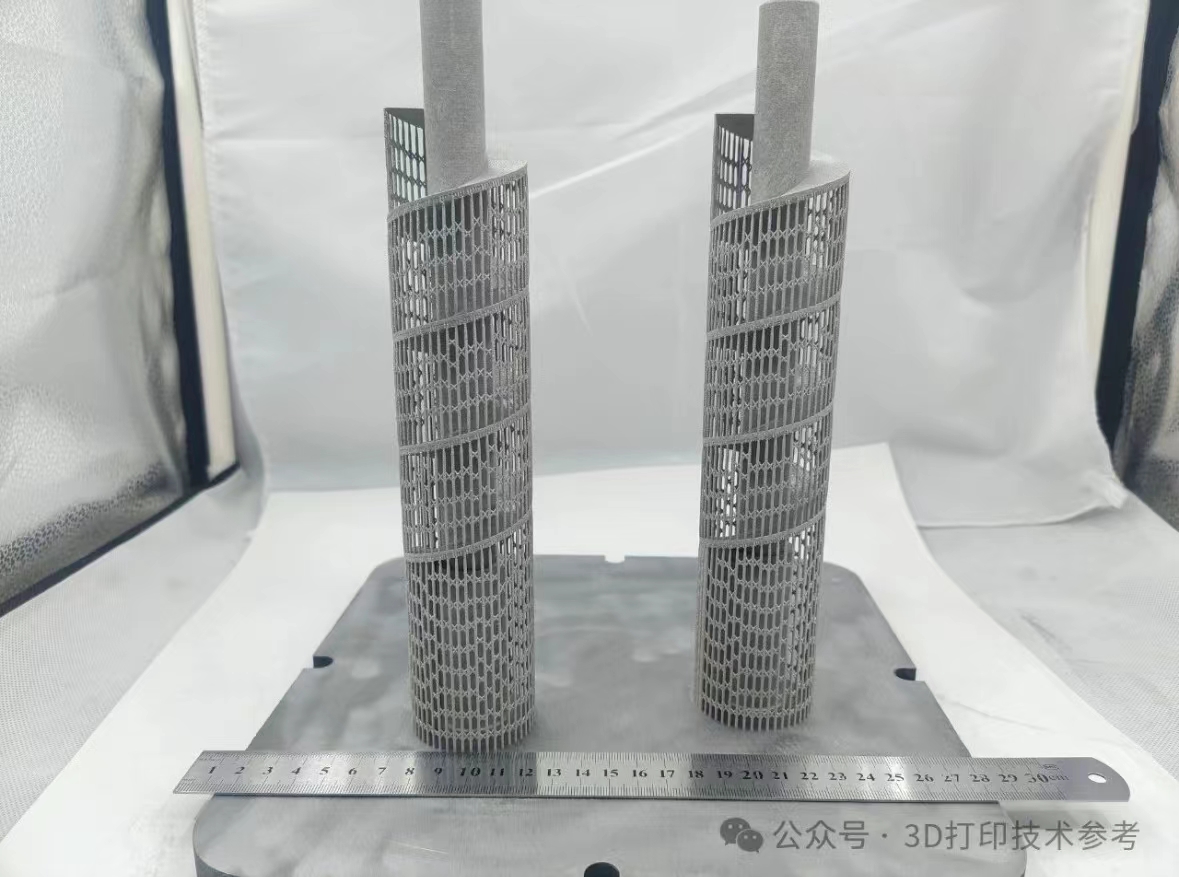
(Source: AM Reference)
Research Conclusions:
The forming process of horizontal overhanging specimens requires suitable melting processes to achieve effective inter-layer bonding. The division of processing zones on the bottom surface significantly affects the forming of low-angle specimens. Quality issues such as powder adhesion and surface convexity are addressed, along with the effects of specimen thickness and width on deformation during forming.
In summary, the proposed method, based on the adaptive division of processing zones, offers an effective solution for printing models with variable inclination angles. It has successfully printed unsupported metal impellers with the lowest angle of 15°, offering promising prospects for the future of unsupported metal 3D printing.
If you are interested in this article or want more information, feel free to contact us here.
Author: Helen/Christine







